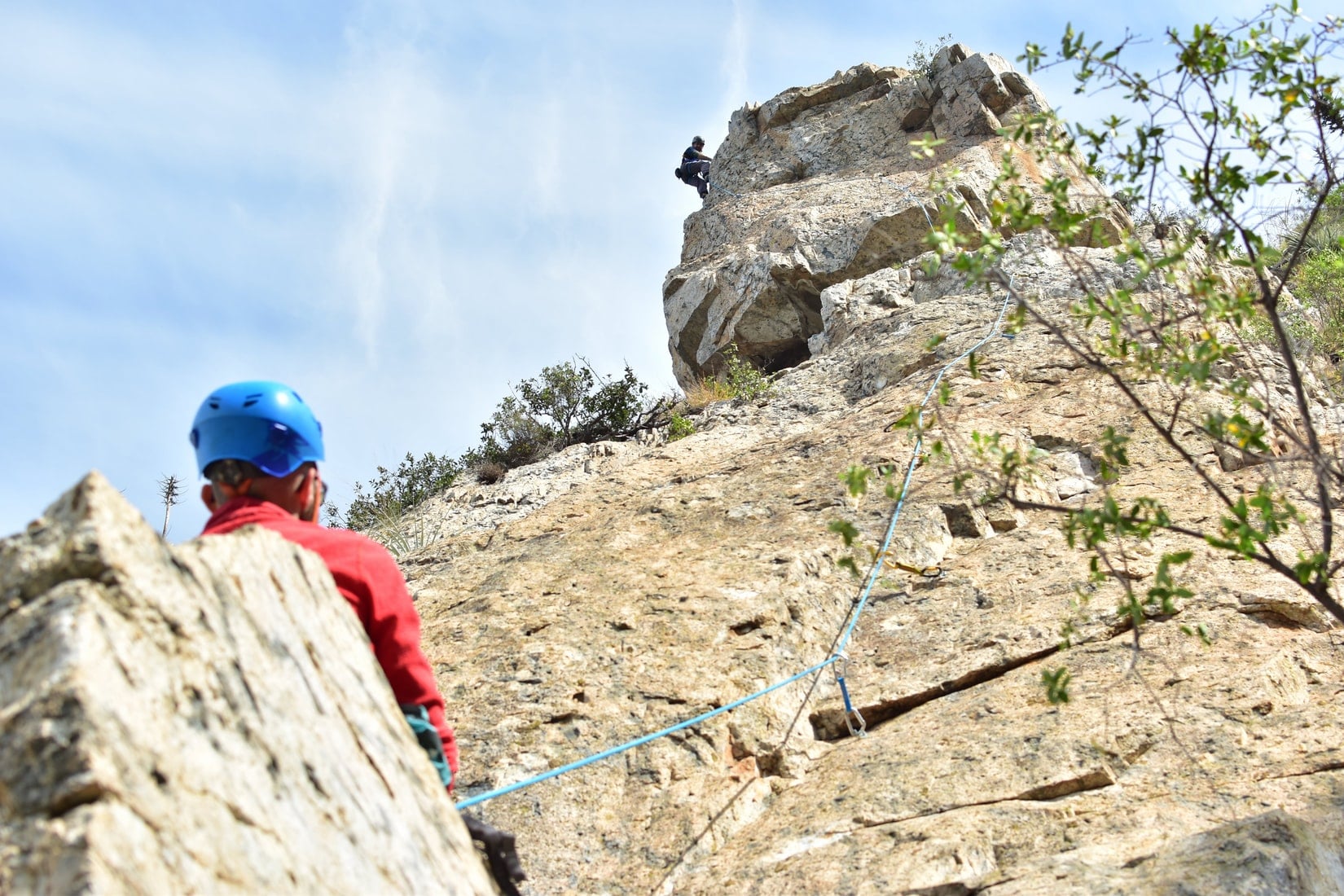Belay Someone Heavier Than You Top Rope

There are a few tips you should keep in mind before you start belaying. The first is to wear gloves while belaying, and if you can, tie yourself to the ground. If you don't have any gloves, invest in a pair that is padded and really comfortable. And finally, don't forget to wear a helmet! In case you're climbing with others, you might want to consider investing in a helmet that has a padded or foam liner.
Why can a fall be a problem when you belaying someone
A fall can be a serious problem if you are belaying someone who weighs more than you. This problem is compounded when the person is falling from an elevated position. If a fall occurs, the belayer's harness can fail. The friction on the rope increases as a result of the fall. This causes tension on the rope, which pulls the belayer upwards.
The weight difference between you and your climber must be less than fifty pounds to avoid an uncontrollable fall. This is important because falls from two to three feet have small forces, while falls of fifty pounds or more are painful. In addition, lowering a heavier climber without tying yourself to the top rope can lead to rope burn, which can cause serious problems.
Tie yourself to the ground if possible
If you're belaying someone who weighs more than you do, you'll want to tie yourself to the ground as much as possible. This will reduce the possibility of a painful fall and minimize problems if the climber suddenly stops climbing. The fall distance in top rope climbing is extremely short, but it is still essential to tie yourself to the ground in case of an unexpected obstacle.
When belaying someone heavier than you top rope, it's important to remember the golden rule: "Belay others as you would like to be belayed." Make sure to pay attention to your leader and don't get distracted. If you want to prevent a fall, focus on the person leading the climb. If the climber is distracted, he or she can hit you on the head.
Wear gloves when belaying some heavy!
If you plan to belay someone who weighs more than you do, you should consider wearing belay gloves. They can help you grip the rope and prevent your hands from sliding off. You might also want to wear climbing tape instead of gloves, but it will take you longer to wrap and unwrap it. Protecting your feet is just as important as protecting your head. Wearing gloves is also an excellent idea when climbing in colder weather, so make sure you wear a pair to stay warm.
If you're belaying a heavy climber, you should wear gloves. Gloves help prevent rope burn, which can be extremely painful. The better quality the gloves are, the less likely you'll experience rope burn. A better pair of gloves is more comfortable than no gloves at all. Make sure they fit properly. Black Diamond recommends purchasing a larger size than you think you'll need. This way, you'll have a better grip on the rope.
Get a really comfortable and maybe even padded
A really comfortable and maybe even padded top rope is essential when belaying someone who is much heavier than you. There's a lot of sway on the rope when you're both holding on to a rope at the same time, and a weight difference of over 50 pounds can cause an uncontrollable drop. You'll also want to use a sturdy and possibly padded harness to help protect your feet.
When belaying someone who is heavier than you, be sure to check their immediate surroundings for danger. If you're not careful, a heavy climber could pull you up or bang your head. To avoid this, make sure to keep your stance firm and your hands tight on the rope. Flying straight up in the case of an overhang or other risk is a better option.
Another important safety consideration is helmets. A head injury can put you out of commission for several weeks or even months. Belay a heavier climber wearing a helmet to protect your head. A good helmet like PETZL's Vertex Vent is essential. In addition to avoiding injuries to yourself, a helmet can protect your belayer. When belaying someone heavier than you, remember that rocks, debris, and snow can fall on you.
Wear a sandbag as extra weight.
Belaying a heavy climber requires additional strength and bodywork. A lightweight vest is only sixty percent efficient, which makes belaying difficult. The belayer must stand close to the top rope and hold on tight. A sandbag provides extra weight to prevent the climber from being yanked off the rock and lowering uncontrollably. A sandbag can be worn by the belayer as extra weight.
Sandbags can also be used as a climbing anchor. Sandbags are reusable, which can be a benefit if you're not planning on climbing outdoors very often. The sandbag can be used as extra weight when belaying someone heavier than you top rope. It can be a good alternative to gloves and a rope anchor, although they're cumbersome to use and remove. When belaying someone heavier than you, it is also a good idea to wear a sandbag as extra weight.
A helmet is another important piece of equipment for belaying heavy climbers. Head injuries can be debilitating and can put a climber out of commission. Wearing a helmet, such as the PETZL Vertex Vent, is important to protect the head. A helmet protects the climber from falling debris, rocks, ice, snow, and other hazards.
Stand closer to the wall than normal.
A top rope is an essential safety device, as it reduces the amount of drag on the top rope. However, it is also dangerous, as the weight difference between you and the person you are belaying can lead to an uncontrolled fall. As such, stand closer to the wall than you would when belaying someone lighter, to protect your partner's feet. You should also wear a helmet to prevent any accidental injuries.
Before belaying someone heavier than you top rope, you should inspect the wall for any sharp edges or overhangs. If you see any, wear a helmet. I was once belayed who was yanked off their feet on a dangerous overhang and landed face first on a tree branch. The result of such an incident was a broken bone. During belaying someone heavier than you top rope, stand closer to the wall than normal. If you see that your belayer has a tendency to pull you off the wall, then fly up instead.
When belaying someone heavier than you, stand closer to the wall than you would normally do. This will reduce the amount of drag on the top rope and help you arrest a fall. In addition, a heavier person can pull the rope, causing the belayer to lose control of the belay and fall. As a result, it's best to be more than twice as close to the wall as normal, while still ensuring that the rope remains within the limits of its range of motion.
Keep the lower rope drag in the top rope in mind
A top-roped climber's weight is significantly lower than the person he's belaying. Because there's only one anchor point, there is very little rope drag. However, it's important to remember that a difference of more than 50 pounds can lead to an uncontrollable fall or lift into the wall. Because of this, belay someone heavier than you carefully, and use a friction quickdraw to prevent the rope from slipping.
Falling from a height of 2-3 feet is easy, and exerts relatively small forces. However, falling from 50 pounds or more may present a painful surprise. While falling from a height is always risky, it's vital to avoid rope burn and rope tears when you're belaying someone heavier than you. If possible, always tie yourself to the ground before lowering someone heavier than you.
Conclusion
Performing belays for heavier climbers requires certain skills and techniques. Although falling from two to three feet exerts small forces, lowering a person weighing fifty pounds or more can result in a painful surprise. A belayer must be very careful to not accidentally lower a heavier climber, and should always tie themselves to the ground. A weight difference over 50 pounds can result in a lowered climber that is uncontrollable.

Comments
Post a Comment